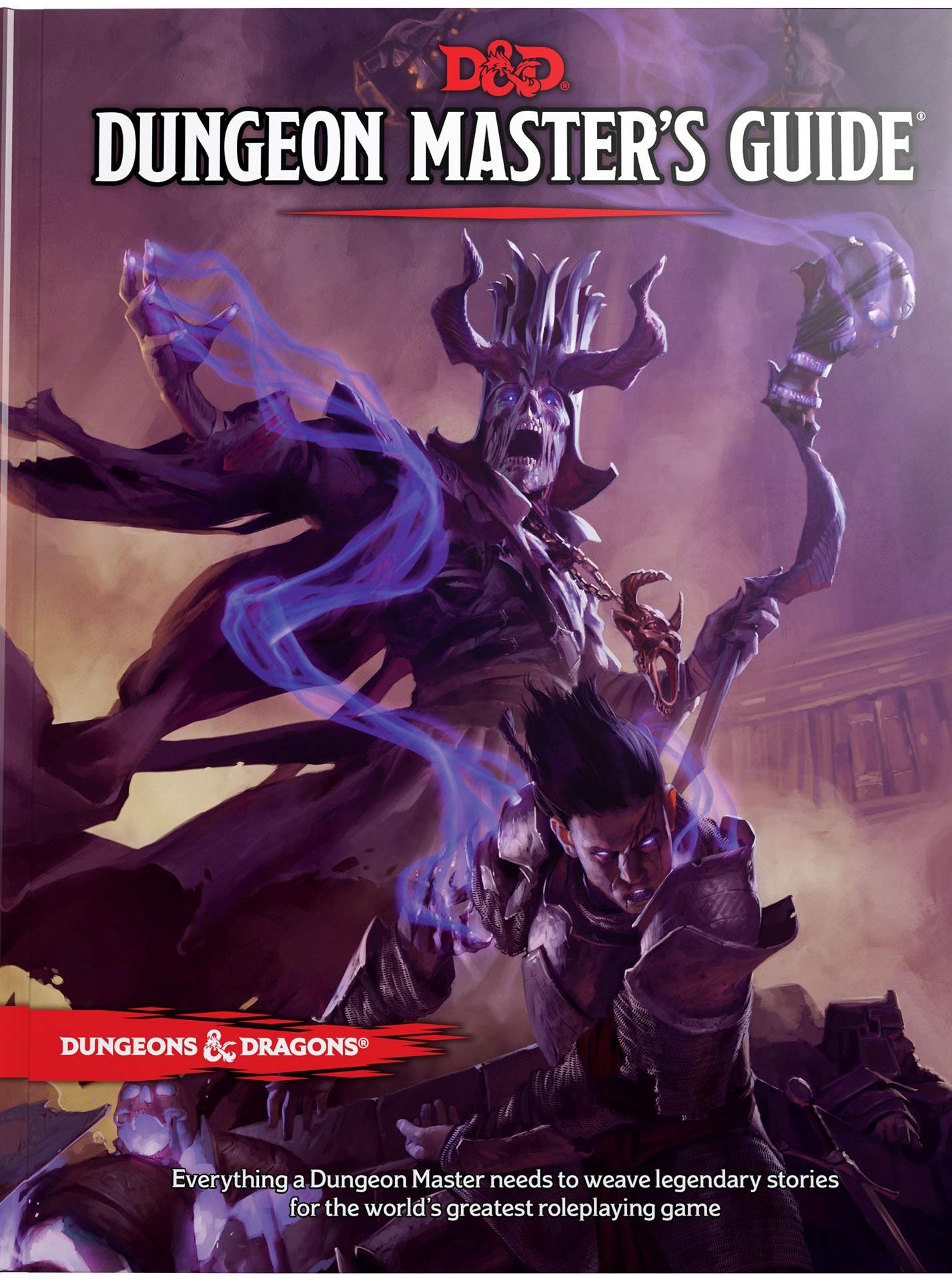 I recently contended something about Dungeons & Dragons adventure design on Twitter. What did I argue?
I recently contended something about Dungeons & Dragons adventure design on Twitter. What did I argue?
A mundane Dungeons & Dragons adventure that covers the basics well will likely prove more enjoyable than an inventive one that does not unless you have a great Dungeon Master.
M.T. Black asked me what I considered the basics.
Here they are:
- Set out the goals for the characters.
- Set out challenges for getting to those goals.
- Set out a path (or paths) through the challenges.
- Describe the challenges so the DM can run them.
- Inspiration so the DM can expand them is optional but appreciated.
The Importance of Progress
I probably think more about adventure structure than most people, even if my grasp of their structure may be relatively primitive.
However, I believe one of the most tremendously important concepts when running a game is that of progress. If the players have a goal and they feel their actions are progressing them towards that goal, then they will be happy.
Some of the worst experiences I have had in role-playing games have come down to two things:
- I did not know what we were meant to do.
- My actions did not seem to progress me towards my goal.
Meanwhile, as a DM, I find it very challenging when I do not know what to do next. Or how to run an encounter.
Presenting Adventures and Encounters
The art of published adventure design comes from expressing encounter, plot, goals, and story in a way that the Dungeon Master can translate your ideas for the players. If the Dungeon Master does not understand what you are trying to do, you have a problem. And, if the players get confused, then things likewise fall apart.
When you are writing for your group, then at least you understand what you are trying to do! So, it is then a case of presenting the players with the ideas in a way they can comprehend.
You do not have to constrain the methods the players use, although it is an option.
The Treasure Room Example
Consider a room with an orc guarding a treasure chest. The goal of the players is to obtain the chest, and they know that. Now, do the players fight, bargain, trick, or use some other method to get past the orc? The encounter text may constrain the technique used by the players. It may also help the DM enable various options.
I provide this text as an example:
Treasure Room. A lone male orc guards an unlocked wooden chest containing 1,000 gold pieces in this 30-foot-square room.
Most Dungeons & Dragons DMs could quite easily use this text to run a combat encounter with the orc. But if the players wish to use a different method of dealing with the orc, then it comes up to the ingenuity of the individual Dungeon Master.
You cannot account for all actions of players in the adventure text. It is why the role-playing game is so fascinating and enjoyable: The Dungeon Master can create solutions to the unexpected.
However, providing more details can alter the tone of the adventure.
Compare
Treasure Room. A lone male orc guards an unlocked wooden chest containing 1,000 gold pieces in this 30-foot-square room. He attacks intruders on sight.
with
Treasure Room. A lone male orc guards an unlocked wooden chest containing 1,000 gold pieces in this 30-foot-square room. He is hungry and tired, as his relief is an hour late in arriving. He has a grudge against the orc chief, who condemned him to stand guard here as punishment for cowardice during a raid. He is willing to talk to anyone, even adventurers, who arrive.
That encounter can still descend into a fight, but the Dungeon Master and players who wish to attempt other methods may have more with which to work.
Unfortunately, there is a limit on how much text you can provide. There is space on the page and, also, conceptual space. Too many details mean the Dungeon Master has trouble remembering them. So, you must make trade-offs. The art is in working out where to make those trade-offs. All three of these examples work, however.
Compare to this encounter text.
To reach Treasure Island, the navigator must succeed on a DC 15 Wisdom (Survival) check.
That very clearly states what the character must do. However, what happens if the character fails? Is the adventure over? Can they try again? I want more information about what I should do! If the player can repeat check, but I make a wandering monster check each time they fail, then failing has a consequence and I am happy. If it means the players cannot go on the adventure, then that seems just poor design.
To Feel Your Actions Matter
There are many methods of providing adventure information. There is not a single way that works for all.
However, the Dungeon Master needs to feel comfortable with the structure. They need to know they can present it to the players, that the players understand what to do, the players can make decisions about how to achieve that, and that they can use the material in the adventure and rule system to decide what happens.
When the players are unclear on what to do, when they are confused as to why they are doing it, when they feel their actions are not helping, then you will most likely get a failed adventure.
You can have adventures where the players are bored and where they do not enjoy the activities that they undertake. However, even that is preferable to a scenario where the Dungeon Master and players are continually frustrated by not knowing what to do or constantly failing to progress.
